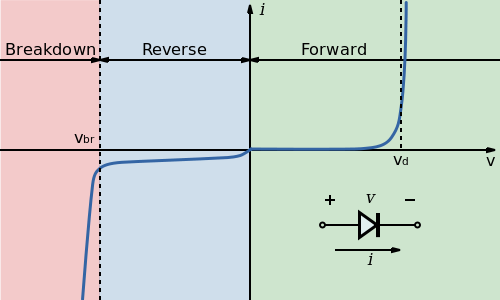Silicon photomultiplier de
Silicon photomultipliers (abbrev. SiPM) are photon-sensitive detectors operating as Single-photon avalanche diodes (SPAD).
Principle of Photodiodes
A SiPM detector is formed by a pixelated matrix of photodiodes. Each photodiode consists of a junction of positively and negatively doped silicon (p-n junction). A depleted region which is devoid of free charge carriers is formed in between the differently doped silicon materials. By applying a reverse-voltage to the photodiodes, the depleted region can be enlarged to extend through the entire sensor. The passage of ionizing radiation through a photodiode creates electron-hole pairs. These liberated charge carriers are accelerated by the electric field in the depleted region towards the anode (holes) or cathode (electrons).
The Geiger Mode
If the reverse-voltage is high enough to exceed the breakdown voltage of the p-n junction, the diode is said to operate in Geiger-mode. The energy of a single charge carrier accelerated by the electric field is sufficient to create additional electron-hole pairs which in turn liberate even more charge carriers. Ultimately, the multiplication process can lead to a self-sustaining avalanche.
SiPM Photosensors
When combining a multitude of photodiodes designed and operated as described in the previous sections, a SiPM detector is formed. The size of individual pixels (or diodes) ranges from 10 to 100 micrometres.
